Posts in Category: Uncategorized
In which world will our children live in 40 years? Inspired by French Film: Demain / Tomorrow
In which world will our children live in 40 years? Inspired by French Film Demain /Tomorrow…
The trailer begins by asking the question: In which world will our children live in 40 years?
As a reminder of what Gandhi suggested: You must be the change you want to see in the world, the film shows people who are in action, inventing a new world that honors nature and humans everywhere, creating a new story.
The documentary focused on other ways to do Agriculture (Showcasing Rob Hopkins – founder of Transition Towns movement – and other innovative ways to make the most of our land), reminding us that at least 70% of all fresh food consumed in the world comes from small farmers; Showcasing Communities efforts, such as those in Detroit, aiming to feed the city with local grown food – thus reducing the enormous Resources and Energy used to transport food from far away locations (In the US, food is transported an average of 2400 Km between the place where it grows and the place it is consumed); Using Energy for sustainable living – Restructuring the Economy (people creating local money system), Community based Democracy (new local governments) and wiser Education. Of course what is happening with Education is what I am eager to share with you 
Finland’s educational system is featured in the film as they have great success with their students love for learning and performances. Children are not taught, they learn through play and interactions with their peers and teachers in a collaborative way.
There education National Core Curricula is reviewed in 10 years circles. August 1st 2016 is the next round which is very collaborative and creative. It involves students, parents, teachers, politicians, business people and other community members. It is done on the national level and also on the local level. The teachers design their own local curricula as well. What is best for the future and what do you need to carry from the past. What does it mean when the world is so impredictable. Learning to learn so that learning happens To build on previous kmowledge, analyze, listen and mental skills to learn new things.
It takes about 10 years to implement new ideas… And the system stays stable somewhat… They build on what has been built
“Learphing” means that learning to learn so that learning happens and involves many skills, will, motivation and purpose for what you are doing. Any learner needs information, knowledge, skills and confidence on how to learn, how to participate in leaning communities, to build on previous knowledge, collaborate with peers, to analyze, to listen and require mental skills to learn new things.
The teacher is not controlling the learning but more like supporting and being proactive with the students. The teachers are co-learning with the students. Learning is not remembering, it is about understanding. It is about empowering yourself, not getting the right answers and being afraid of failing, we all fail sometimes.
Questions from visitors to Finland?
Are teachers punished if they don’t follow the curriculum? NO
Secrets? Just try to be as open as possible… Less homework, less class time and more breaks. No tests on what is learned but encourage learning.
Teachers are highly valued in Finland. They have freedom on how they deliver and assess the learning. Personalized learning and collaboration between students.
Free universal daycare for children age 8 months to five years has been available for over 20 years along a year of “preschool/kindergarden” at age six. The municipality will also pay mothers to stay home and provide “home daycare” for the first three years, is she desires.
“Finnish early childhood education teachers emphasizes respect for each child’s individuality and the chance for each child to develop as a unique person. Finnish early educators also guide children in the development of social and interactive skills, encourage them to pay attention to other people’s needs and interests, to care about others, and to have a positive attitude toward other people, other cultures, and different environments.
The purpose of gradually providing opportunities for increased independence is to enable all children to take care of themselves as “becoming adults, to be capable of making responsible decisions, to participate productively in society as an active citizen, and to take care of other people who will need his [or her] help.” –Anneli Niikko, “Finnish Daycare: Caring, Education and Instruction”, in Nordic Childhoods and Early Education: Philosophy, Research, Policy and Practice in Denmark, Finland, Iceland, Norway, and Sweden, Series: International Perspectives on Educational Policy, Research (Information Age Publishing Inc., 2006)
According to Finnish child development specialist Eeva Hujala, “Early education is the first and most critical stage of lifelong learning. Neurological research has shown that 90% of brain growth occurs during the first five years of life, and 85% of the nerve paths develop before starting school (n. b. At the age of seven in Finland).” And according to Karin Lifter, researcher in early childhood special education who specializes in researching the effects of play on development said “Play is the work of childhood”.
This is why IWE is designed to provide the richest environment possible for these developing minds in a fun, play-based atmosphere. This is taught to a small group of children by a couple adults, much like the Finnish daycare ratio of 1 teacher and 2 helpers for 12 children, or 1 to 4 ratio.
Denmark is another country where teachers take great pride in honoring their students and catering to all the different intelligences. The country promotes Education for All at no cost to its students, beginning in nurseries and pre-schools.
On their Study in Denmark website…
The teaching style characteristics are described as such:
Student-centered learning and and open debate during class
Close collaboration between students and teachers
Lectures combined with project work with the teacher as a consultant
Active participation and problem solving rather than passive listening
Focus on turning new knowledge and learning into innovative solutions
The children gain:
Excellent communication and interpersonal skills
The ability to work analytically & creatively in problem-solving
The ability to work independently as well as a team member
An internationally recognised qualification
An international profile – and an excellent foundation
THINK-PLAY-PARTICIPATE
Students in Denmark are expected to play an active role in their own learning process. Apart from attending traditional lectures, students engage in project work and are encouraged to participate in open discussions with their teachers and fellow students.
Sweeden spends more money on its preschool budget than it does on its defence budget.
On the Sweedish education website…
Swedish pre-school emphasises the importance of play in a child’s development, with a curriculum aiming to ensure children’s individual needs and interests. Gender-aware education is increasingly common, striving to provide children with the same opportunities in life regardless of gender.
A year before the first year
All children are guaranteed a place for free in a one-year förskoleklass (‘pre-school year’) starting in the fall term of the year they turn six until they start compulsory schooling.
This year is designed to stimulate each child’s development and learning, and provide a platform for their future schooling. Although förskoleklass is non-compulsory, almost all children in Sweden attend it.
In Norway children at nurseries play outdoors in all weather, unless it is less than minus six degrees. Forest schools are also a key part of nursery life in Norway and monthly cost of childcare is capped at 250 Euros per month.
In France, nurseries are free for children ages three and up…
According to the Economic Opportunity Institute Blueprint January 2004 article written by Shanny Peer, Ph.D and Jonh Burbank, the French preschool curriculum is designed around seven areas:
1) social skills;
2) linguistic and pre-literacy skills;
3) motor skills, the senses, and physical exploration;
4) “discovery of the world,” which includes exploration of objects, the
elements, natural materials, and an understanding of human and other life
forms, natural and built environments, and time cycles;
5) imagination, sensitivity, and creativity (including art, music, theater, and creative movement);
6) drawing and graphic skills; and
7) the ability to classify, identify forms, and work with numbers (pre-math skills).
In her article, Erin Anderssen on www.theglobeandmail.com website, states that in New Zealand there is a national curriculum called Te Whariki, which means “woven mat”. Implemented in 2002, it teaches through play and is designed to create a seamless transition into school. The program has been praised for its specific emphasis on environmental and cultural values as much as literacy and social behavior, and the curriculum is developed in both English and the Maori language.
Evidence suggests that early-childhood education, when designed properly, can play an important role in social cohesion. Immigrant children benefit from an early introduction to a second language, and all kids (along with their parents) gain from crossing paths with families from different backgrounds.
Montessori and Waldorf can support children harmoniously together
(This letter was sent to the Laguna Beach Parents of our Pre-K children’s program)
Dear I-WE family,
Wanted to share with you some of the photos from the last few weeks/months illustrating how the children go back and forth between play and “work” and the first set of these photos were done during their own play time, where freedom of choice was total.
That is why I am so passionate about mixing the various approaches. This is evidence to me that I-We are on the right track:
During Free Play, the children went and got a work off the shelves to bring it to the kitchen to make a pie. Once in the kitchen, they began using the tools in their pretend play 
Also, the cotton balls we practice at work time to move from one container to the other, became popcorn!





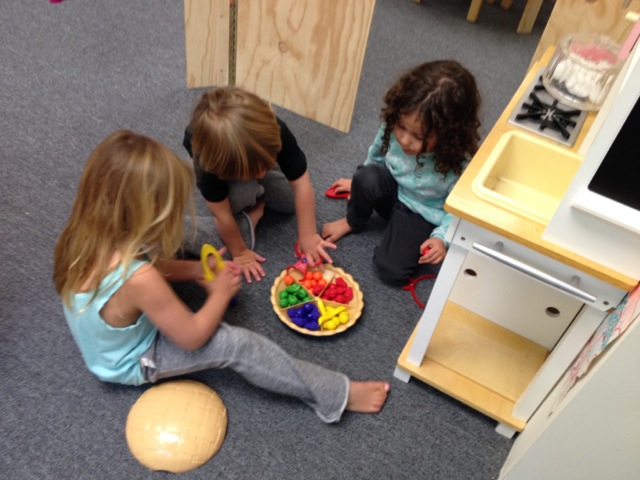
Other photos illustrate how when we work with our letter sounds, we are engaging our whole bodies and it is almost a yoga practice 
And then just a mixture of most of our activities…
Feeling so grateful to be growing I-WE with your angels :)))
With love, Satyanna.
LEARNING OUR LETTERS SOUNDS INVOLVES OUR WHOLE BODIES  AND LOTS OF FUN
AND LOTS OF FUN  No Stress at all… Imagination is still flowing as stories about the animals are being shared while they find their homes…
No Stress at all… Imagination is still flowing as stories about the animals are being shared while they find their homes…






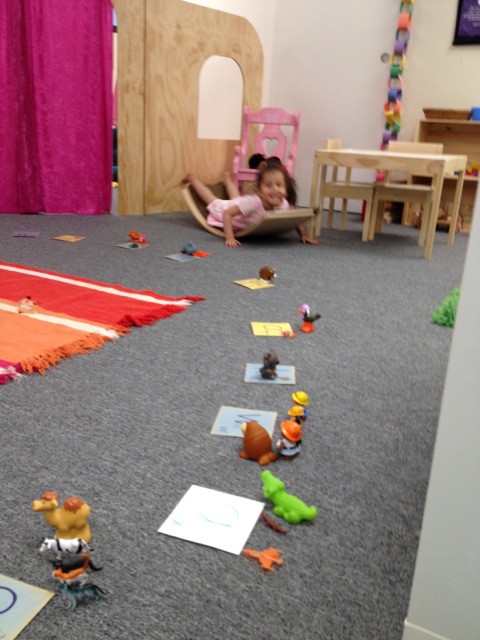
ALL DONE – TEAM CLEAN UP AND COOPERATION – NOW PLAY TIME  Which, as you saw above, includes work too by free choice
Which, as you saw above, includes work too by free choice 


JUST LIKE THIS DRAWINGS DURING FREE PLAY TIME ILLUSTRATES JOY AND PRIDE… to be able to do what the grown ups do…
That is in all the PLAY children do, they want to be like their parents and older children…
“Help me to do it by myself” cries the inner soul of the child :)))







AND LEARNING OUR COLORS IN FRENCH IS FUN TOO 


SO IS GETTING OUR FINGERS STRONG FOR WRITING 

ART TIME 

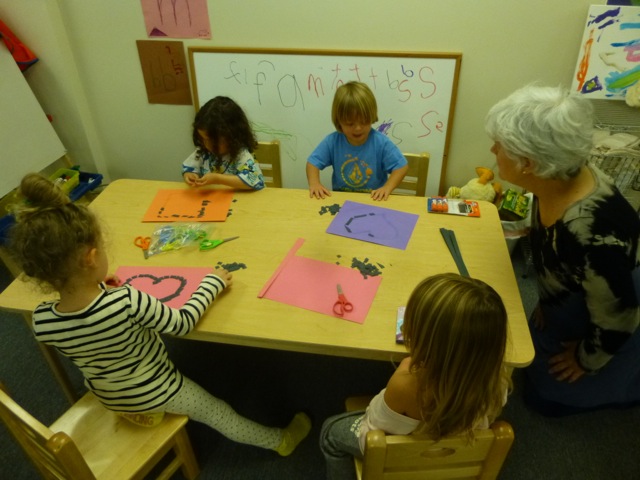
 Learning to draw “Elsa” so she really looks like herself because the child didn’t like her first attempts and asked, so we give a drawing lesson on how to draw a proportioned face… Too young some would say? We don’t because there was a desire and request… At I-WE, we are here to nurture the children’s gifts and longings…
Learning to draw “Elsa” so she really looks like herself because the child didn’t like her first attempts and asked, so we give a drawing lesson on how to draw a proportioned face… Too young some would say? We don’t because there was a desire and request… At I-WE, we are here to nurture the children’s gifts and longings…
Helping each other is a part of I-WE, even in Art class 


WALKING TO THE PARK PREPARING TO BE PARENTS… IS THAT WORK OR PLAY?

AND HUGGING DOGS… (We always ask if we can first 

WE HAVE THE BEST PLAYGROUND EVER AROUND THE BLOCK 





AND THE PERFECT BACKYARD FOR SKATE BOARDS, BIKES AND BASKET BALL PLAYING…

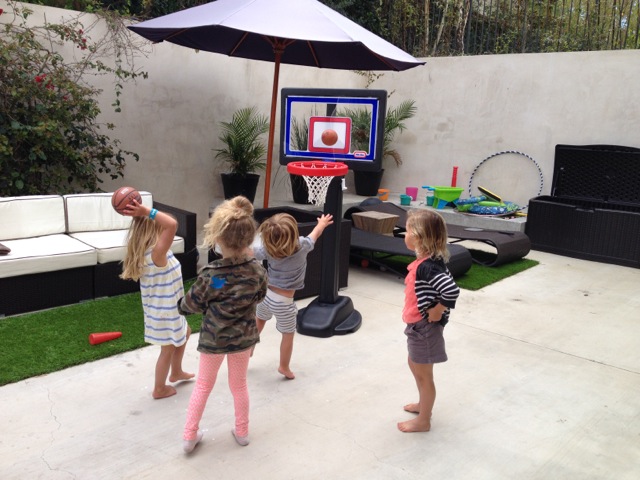


Story time… Which will be followed with puppet making of the characters next week 


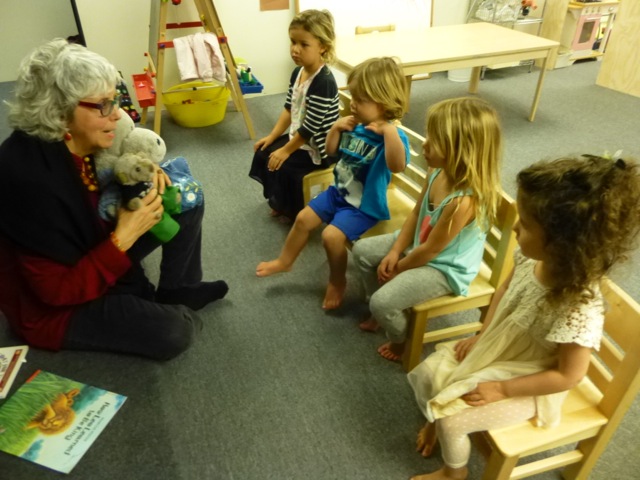
How blessed are we?
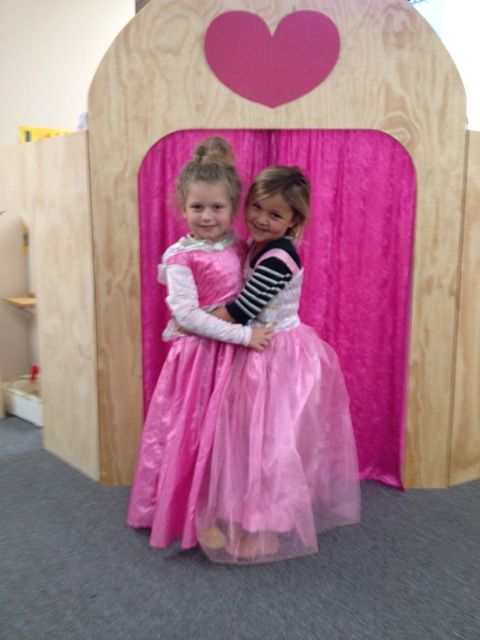
Feeling the gratitude, deeply!
AND MUSIC FUN 
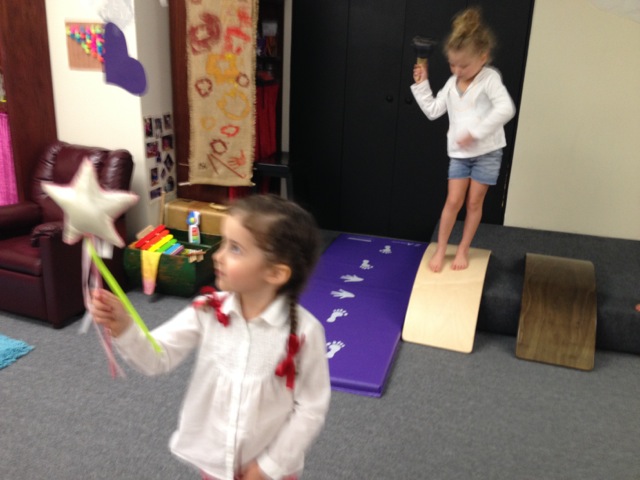

May be they will start a band together one day? What do you think?
Much Love, Satyanna.
